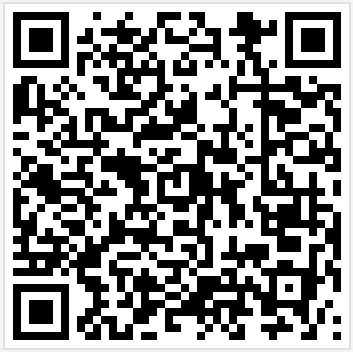It is not revolutionary as an idea but it is effective as hell. And like most things around, it has now even got it selves a sexier tag - “tryvertising”.
Call it what you may, the fact remains that while folks don’t believe in advertisements too much, the consumers and prospects want to (and love to) discover new products, test them in the comfort and privacy of their living room before buying them at the shop on a regular basis.
Sampling of your product converts prospects to consumers.
While it has been proven to be effective, it is also expensive and difficult initiative to effectively implement in the FMCG / CPG space, predominantly due to scale, which leads to serious process in-efficiencies.
The sampling processes have stayed relatively unchanged for decades – and that is tragic – because if sampling is done well to the modern socially hyperactive consumer – the impact is going to be far higher today then it has ever been.
Tools like “like” & “share” assist the success and enable the sampled prospect to advocate the product within peer groups with a lot more ease today that just a few years ago.
However, leveraging the power of social networks to generate referrals and reviews within the community is a small, though crucial, part of any well-run product sampling initiative.
However, one needs to guard against falling pray to turning the campaign into a mere “like” campaign on Facebook with little subsequent follow-thru’ and a measurable return for your efforts, that helps drive sales.
AaramShop has have come up with an effective sampling solution enabled by technology, curated for the FMCG / CPG brands, which uses AaramShop’s strength of being a hybrid model having retailers on the ground who are able to reach out to consumers in their catchment areas.
“WannaSample” is a move towards using the engagement opportunities on the Web, Mobile, and on-ground activation options to drive effective sampling and trials among the consumers. The unique solution is geared to go beyond and generate product reviews, references and advocacy.
Based on our understanding and research into current sampling programmes & solutions we have identified the areas in which they are deficient, and then looked at how our solution can help mitigate the challenges.
Based on our understanding and research into current sampling programmes & solutions we have identified the areas in which they are deficient, and then looked at how our solution can help mitigate the challenges.
Talk to us and evaluate the opportunities offered by this unique process; please contact us here.








































